PUC Planning Mtg – 2/29/2024
March 3rd, 2024
Another one of those “Planning Meetings” at the Public Utilities Commission discussing transmission, with a tribal slant with many presenting, discussing tribal engagement, and explaining the routing process. Here’s the video:
These “Planning Meetings” are frustrating, because there’s no formal way to comment on them, there’s no docket, and it requires showing up, and somehow getting permission to speak, which is far from a sure thing.
As usual, this meeting has a pretty tortured discussion, focused on routing process, and necessary consultation with tribes.
There’s an explanation of the “full process” but it’s addressing routing, and not Certificate of Need. The words “Certificate of Need” do appear on the video’s label as “Special Planning Mtg – 02/29/24 – Tribal Planning Meeting about the Siting of Transmission Lines in Minnesota.”
SITING
Why is focus on siting a problem? Simple — to address consultation and participation in terms of “Siting” presumes the project will go forward, that a Certificate of Need will be granted. Instead, there should be an effort to bring tribes and the public and landowners into the Certificate of Need. I’d guess that tribes may be looking for opportunities to develop solar, wind, and/or storage, and may have planned workable contributions of generation and storage, and may have comments on whether a project is needed, how need could be met, and a goal of having a more active role in Minnesota energy issues.
It’s great to see PUC awakening to sovereign nations, acknowledging need for consultation and asking about and hearing how to do it, but the questions of how to do consultation, how tribal nation view jurisdiction, seem so basic. It seems the PUC does need a lot of help understanding how to deal with tribal governments. A big part of this is the need to do REAL consultation prior to proceeding with an application for a project, and because consultation hadn’t been done on so many projects, that it should not be assumed that using existing right of way is OK because many important sites have been bulldozed and desecrated by utility projects.
Another mantra in that meeting was “early and often,” that there should be good communication to determine what nations are affected by proposed transmission, pipelines, whatever, and the earlier, the better. Early, though, means before the routing docket, early means in Certificate of Need. A serious effort must be made for inclusion, and a welcome to participate in the Certificate of Need proceedings.
And on that note, what comes to mind is the Notice Plan for CapX 2020, almost 20 years ago, where they planned to run the new transmission through Prairie Island. I often think of those huge towering 345kV transmission lines right next to the Prairie Island Indian Community’s Administration Building:
And I’m remembering how “CapX” completely left the CapX 2020 Hampton – La Crosse frolic and detour through Prairie Island out of the maps and out of the Notice Plan. How disrespectful can they get? From the Notice Plan, here’s what they said was proposed for all the CapX 2020 lines:
The red below is the eastern part to where it takes a turn south, and missing was the blue part connecting the into Prairie Island substation, and then out to the south from that substation, which was left out of the Notice map, the Notice Plan, the part they “forgot,” and no Notice to that blue area:
This was the map that was buried deep in the Notice Plan, which wouldn’t be “noticed” but for a deep dive:
Yes this omission was caught, but if those in the know about existing transmission routes and the lay of the land hadn’t spoken up, they’d have gotten away with it. Apparently there was no “early” consultation with Prairie Island Indian Community. On the other hand, they did drop this route alternative.
We’ll see how this “early and often” consultation works going forward. I’m skeptical, given the PUC’s “public participation” role currently.
Here’s Bret Eknes’ presentation at the Planning Meeting:
There was no discussion whatsoever about Certificate of Need, only routing. While there are Certificate of Need dockets listed for all but one of the projects, the docket numbers are not identified with the usual “CN” or “TL” so you’d never know… there was no connection drawn between the 22-538 on two separate slides, #7 for “Big Stone to Alexandria” and #8 for Alexandria to Big Oaks, which show the connection between the projects. To the transmission newbie, there’s no connection, but as we say in transmission, “It’s all connected.”
For the “Minnesota Energy Connection,” (the MN Energy CON), there are no dockets shown. FYI, that’s dockets CN-22-131 and TL-22-132:
And as it huffs and puffs for the MN Energy CON transmission, Xcel has the nerve to say that it’s needed, pointing out its, and ONLY its, transmission in southern Minnesota.
Let’s take a look at transmission in southern Minnesota. Because it’s not an Xcel line, Xcel neglects to disclose MVP lines 3, 4, and 5. Sure, those are not Xcel lines, but in order for the Public Utilities Commission to make a decision, it needs to be an INFORMED decision.
Remember the SW MN 345kV line, from Split Rock (S. Falls) to Lakefield Junction? Yeah, I know, 2001 was a long time ago, but I remember it well. Docket 01-1958.
And remember the ITC’s MISO MVP project from Lakefield Junction west to Huntley and then south and east, part of it heading to Dubuque to connect with MVP 5, the Cardinal-Hickory Creek line?
MVP 3, 4, and see that Cardinal-Hickory Creek line, the southern part of MVP5?
In addition to projects hovering over SW Minnesota, note this addition proposed from Lyon County to Lakefield Junction. And “Raun” to “S3452” — isn’t that for Buffet’s MidAmerican Energy Scott coal plant, and isn’t “Auburn” to Hoyt” near the latest built MidAmerica Walter Scott coal plant? Folks, it’s all connected. This is why we need to see the big picture:
Transmission? It’s all connected!

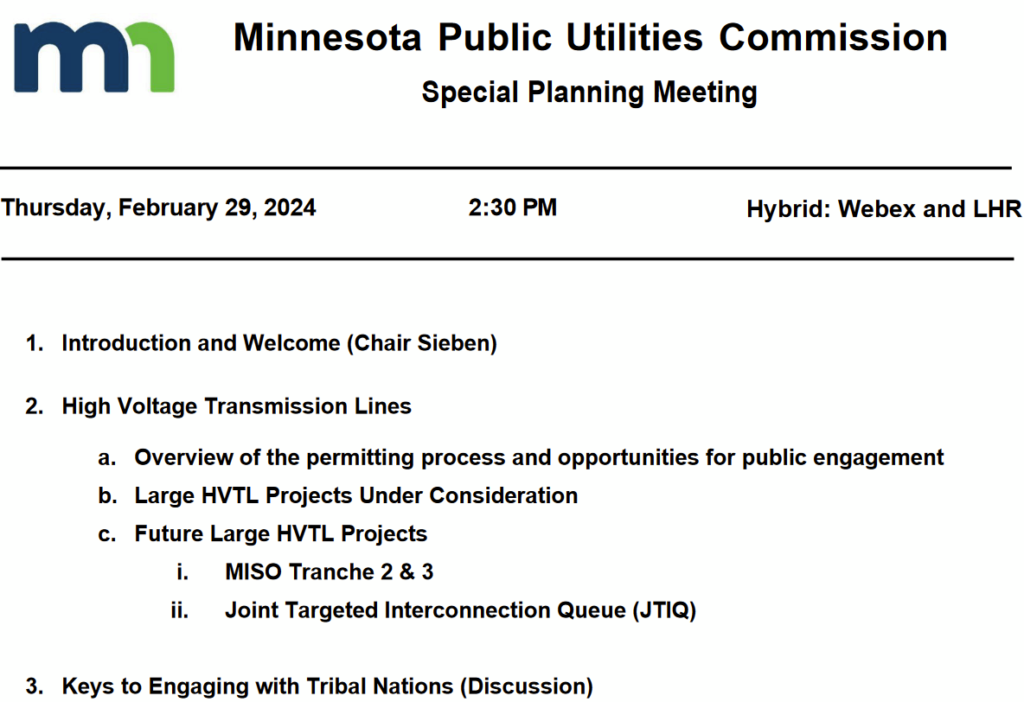


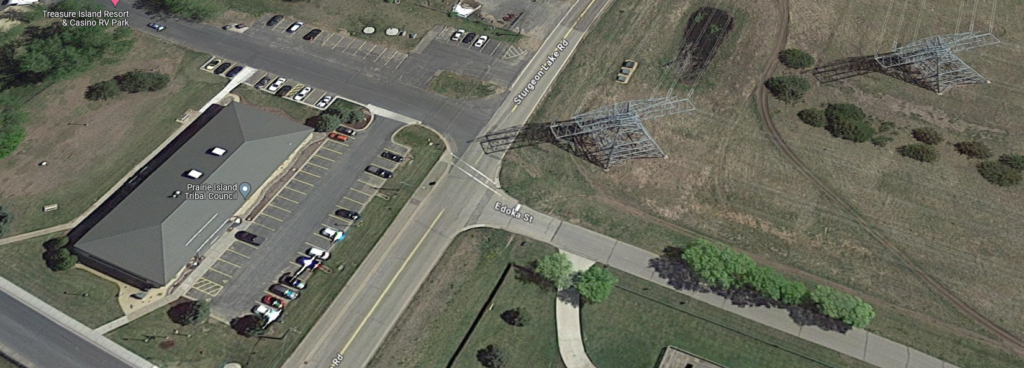



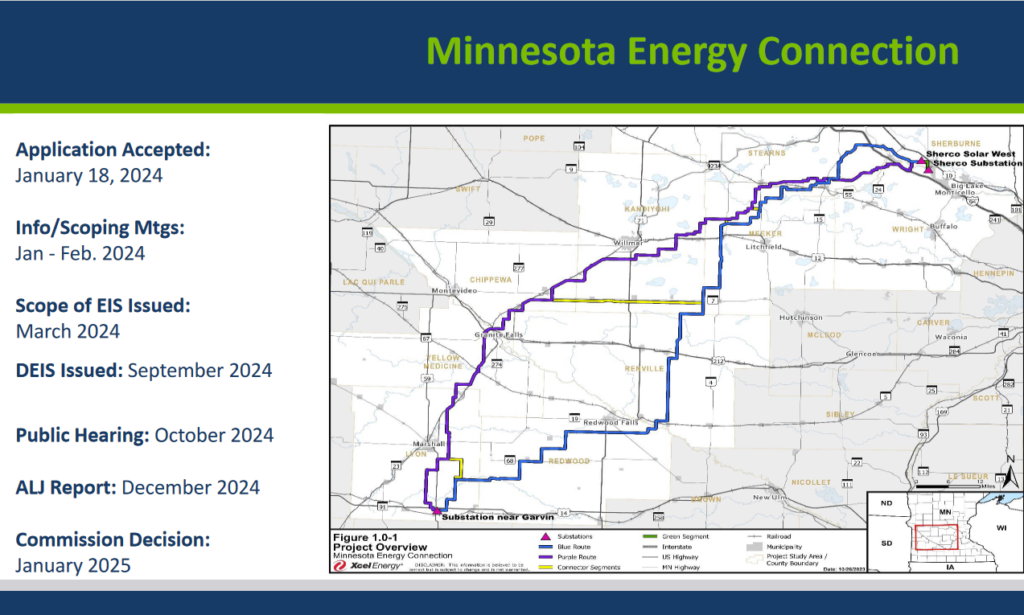


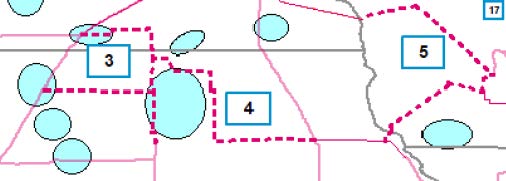
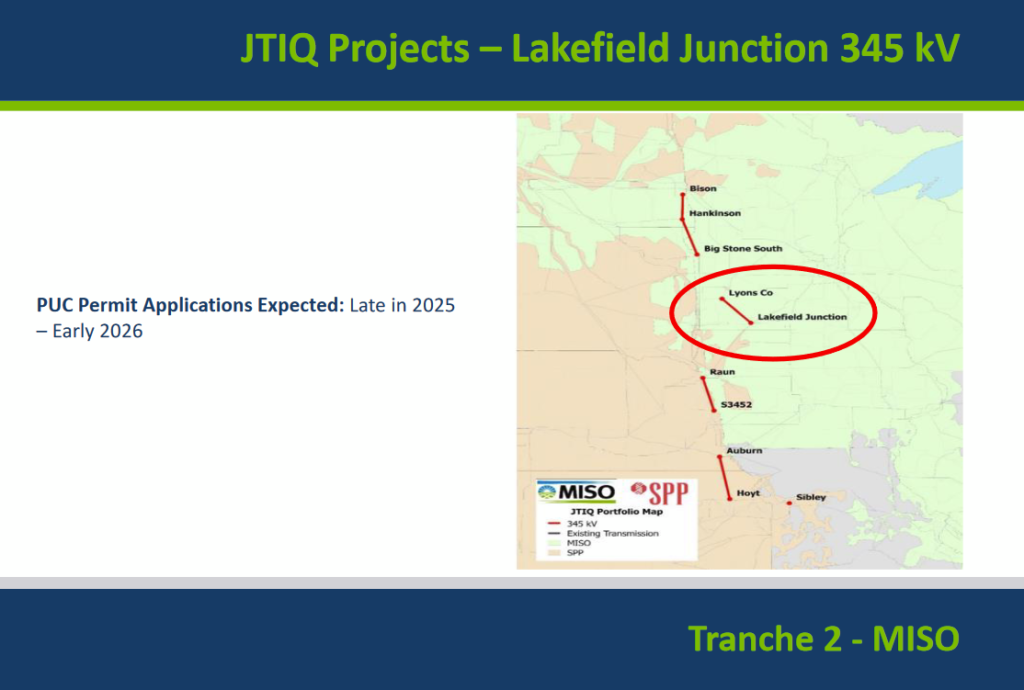
Leave a Reply